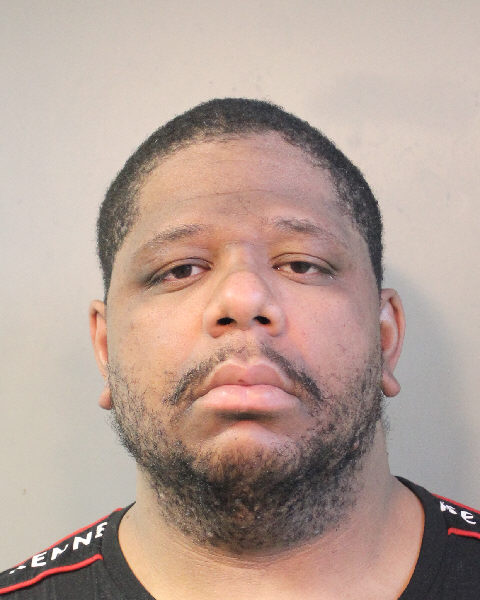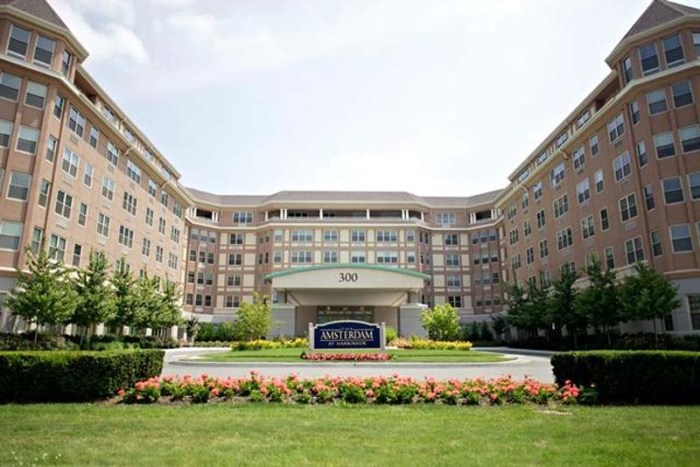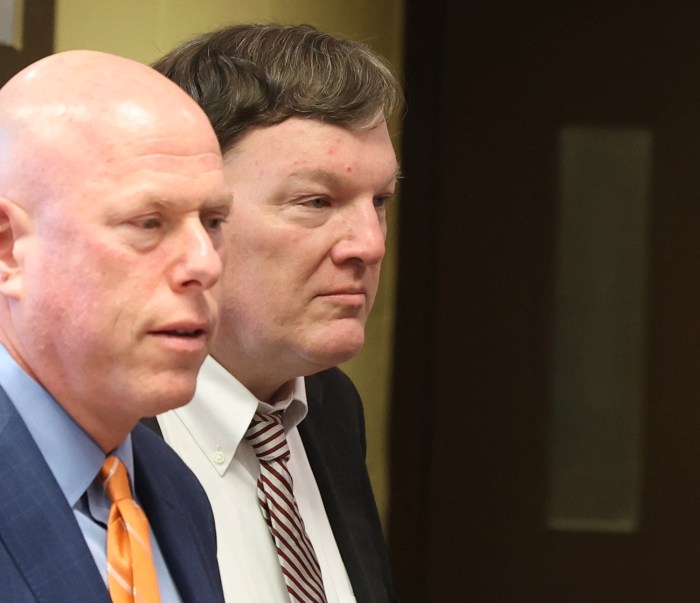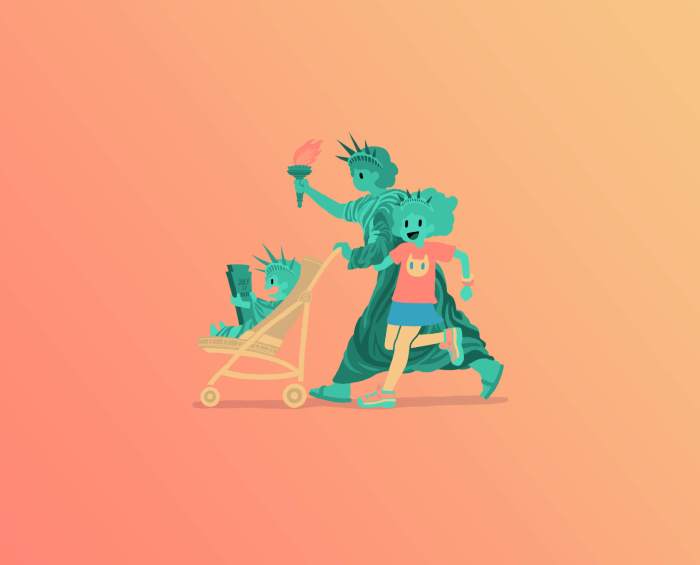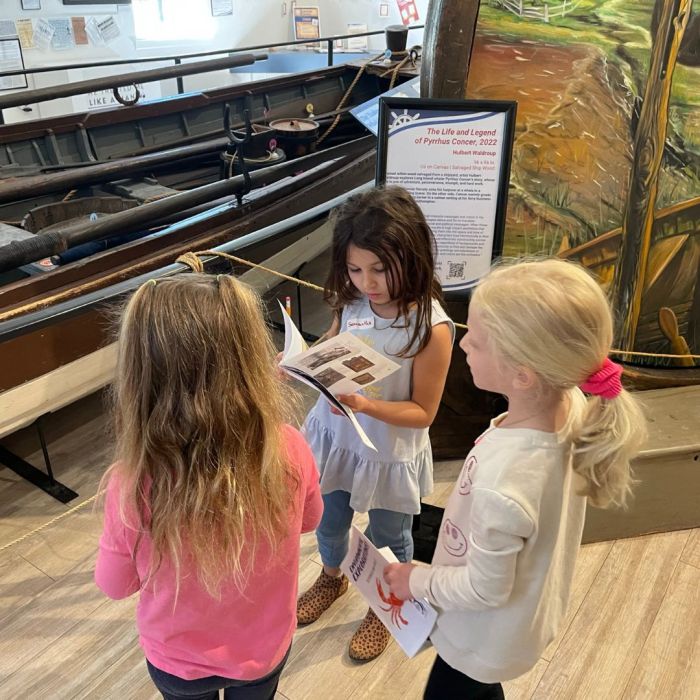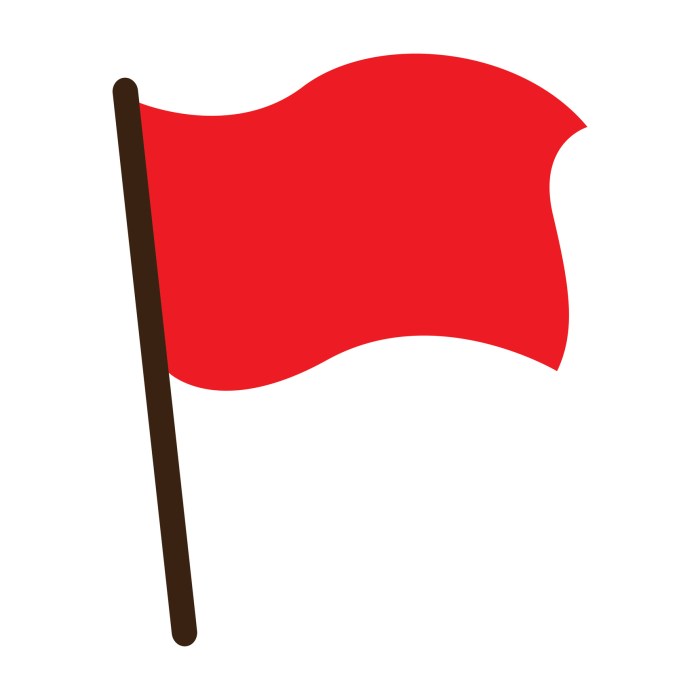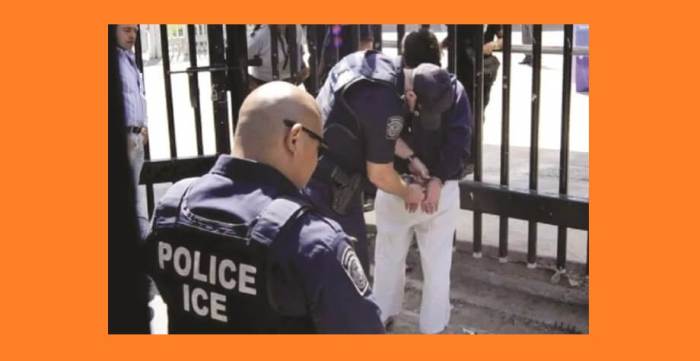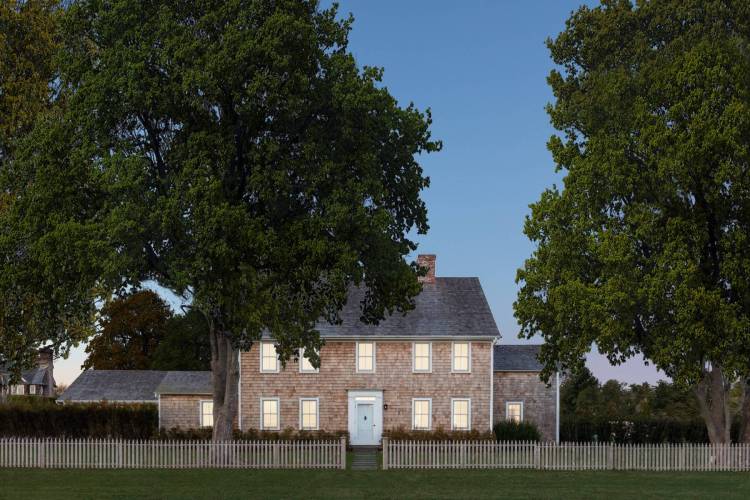
Part 2 of a three-part series regarding our community’s response to the opioid epidemic
Opioid overdose is creating a rising tide of death and destruction throughout America. The most up-to-date statistics reveal that nearly 150 Americans die each day due to opioid and heroin overdoses. With 52,000 deaths in 2015, fatalities due to overdoses have exceeded
gun deaths or car accidents for the first time.
Heroin and other opioids are claiming lives all over the United States at devastating speed—in an epidemic that is far greater than the heroin plague of the ’70s or the crack-cocaine wave of the ’80s and ’90s.
The problem often begins in the medicine cabinet, due to increased misuse and abuse of prescription painkillers such as Vicodin and OxyContin. The death rate from these drugs have more than quadrupled since 1999, and the vast majority of deaths—80 percent—have occurred in suburban communities.
On the national level, opioid addiction is a rapidly growing health crisis. The fatalities have been tripling and quadrupling so quickly that, as of 2017, drug overdoses are the leading cause of death for young Americans. According to White House drug czar Richard Baum, our country is at an “all-time high” of drug-induced deaths. Overdoses have affected families across the socioeconomic and cultural spectrum.
Recently, reports have revealed a rise in opioid use in the Hasidic community in Brooklyn and throughout the New York–metro area. Sadly, fatal overdoses are common, even for young people with promising futures and loving families. A number of such tragedies have even occurred in Great Neck.
The stigma of drug addiction is significant in many communities, including ours. As a result, the problem of drug use and addiction is not openly discussed.
Hidden drug use in families creates chaos, and unimaginable pain and heartbreak to parents and siblings. It affects schools and communities, and takes a toll on the police, first responders and EMTs. Hidden drug use also creates domestic violence and destabilizes the lives of children. It is such an overwhelming burden that if it is not addressed, it can unravel families and affect entire communities.
Despite the stereotypes, addiction is not a character flaw or moral weakness. It occurs in the most stable and loving families. There is a growing understanding that the attitude toward substance abuse must be overhauled throughout our society, including the medical establishment.
“In many ways, addiction is still viewed not as a medical issue but a moral failure,” according to Dr. Nora Volkow, director of the National Institute on Drug Abuse.
Addiction is not taught thoroughly—if at all—in medical school, and treatment facilities are kept separate from hospitals.
What Can Parents Do?
Like most parents of teenagers, I am aware of the rampant partying that goes on in this community. Our children are sophisticated and socially adept.
Teenagers pregame at their friends’ homes before they go out. They have pocket money and credit cards, and they go out with friends 24/7. Many parents are very accommodating when it comes to hosting parties, even in the aftermath of an incident when a Great Neck parent was arrested for hosting a party with underage guests. (All charges were subsequently dismissed.)
Parental attitudes regarding the issue of recreational drug and alcohol use vary widely. Most agree that partying starts with alcohol and marijuana.
When used on a moderate basis, these substances are seemingly benign, but for young people prone to addiction or mental illness, it doesn’t end there.
According to the American Medical Association, the brain goes through dynamic change during adolescence from ages 12 through 21, and alcohol can seriously damage the long- and short-term growth processes. Experts say that the brain’s frontal lobe does not fully develop until age 25 and that drug and alcohol use at young ages can irreversibly affect the brain and set the stage for lifelong addiction problems. It is absolutely imperative that parents take steps to understand addiction and mental illness, and be proactive.
Great Neck parents can get involved by attending the upcoming public school presentation on Nov. 1 at 7 p.m. The Great Neck Public Schools’ UPTC, headed by Michelle Ahdoot, will present Not My Child, a forum that will offer critical prevention information, tips and resources for parents and teens. The event is open to the entire community and will take place at the Great Neck Main Library.
Not My Child will focus on raising awareness in the community regarding the deadly opioid epidemic. North Shore Action will moderate the panel and is a sponsor of the event.
A recent Long Island high school graduate, who is in recovery from opioid drug addiction, will speak. The expert panelists will include Amanda Cioffi, education and training supervisor of the Long Island Council on Alcoholism and Drug Dependency (LICADD); Cathy Samuels from CASA Manhasset; Maria Cuadra of COPAY in Great Neck; Detective Pamela Stark of the Nassau County Police Task Force on Opioids; and Zachary Goldfarb, EMT and Sergeant of Arms of Vigilant Fire Company.
A parent task force will be organized at the event, and sign up for training to use Narcan, also known as Naloxone, a nasal spray opioid-overdose reversal medication, will be offered.
Kings Point resident Jacqueline Harounian is a regular contributor to the Great Neck Record. She is a trained volunteer at The Long Island Crisis Center (LICC) in Bellmore and a member of North Shore Action.




